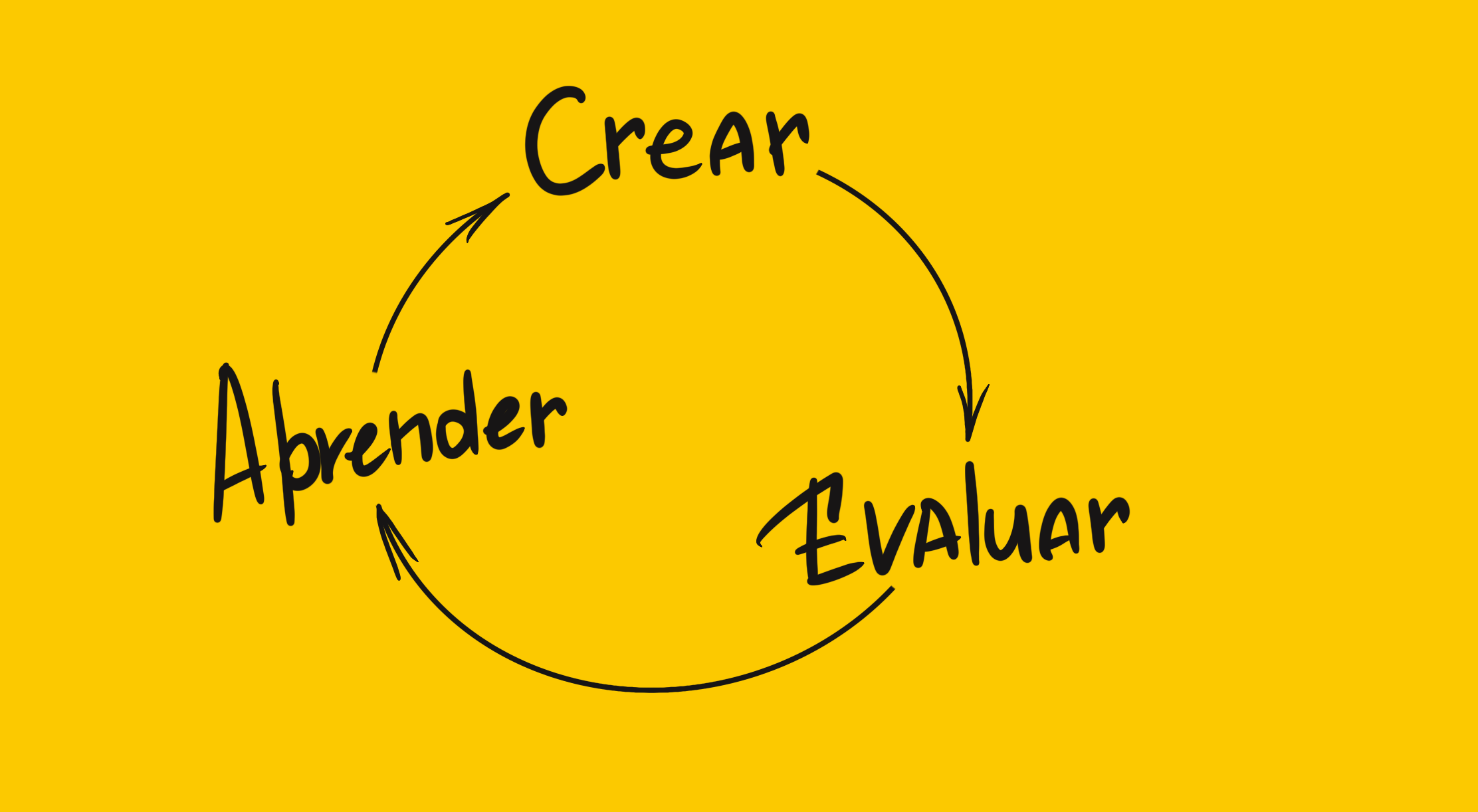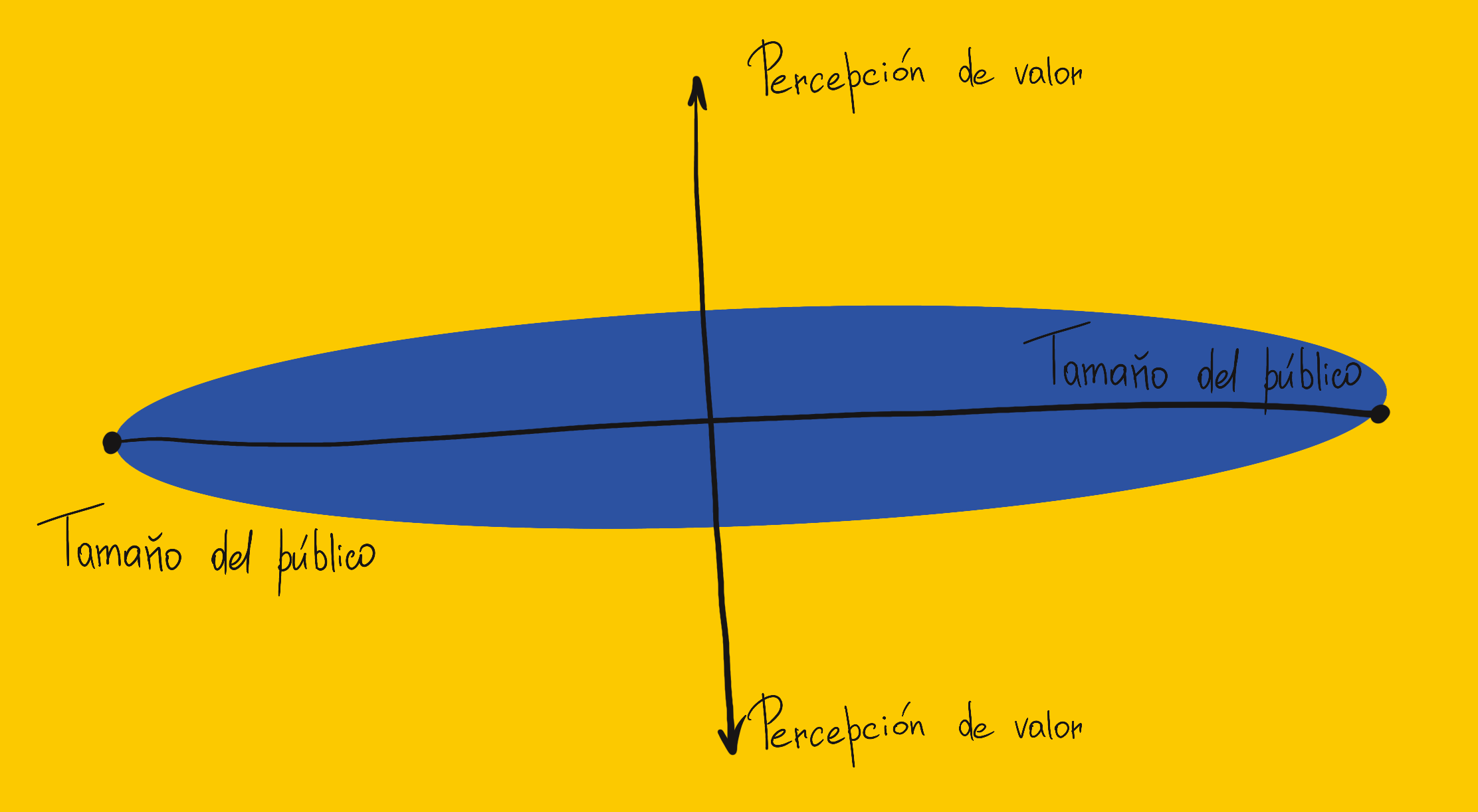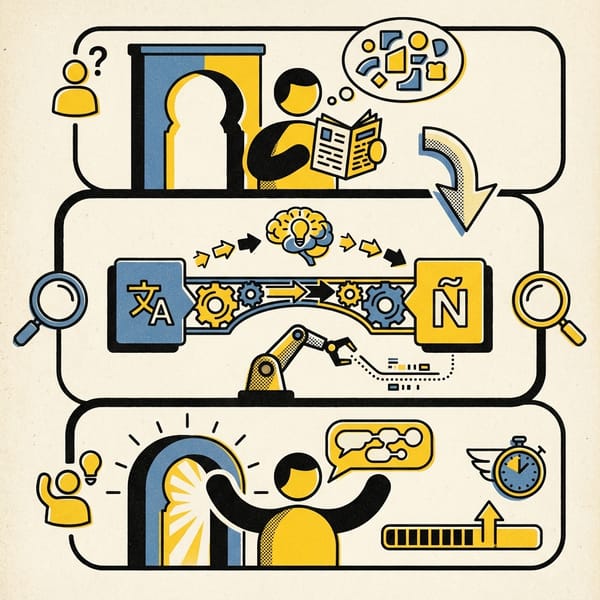How to create successful products or the most common error related to the MVP that even experienced managers fall into?
Unlock the secrets to successful products! Learn how to avoid common MVP mistakes and ensure your experiments lead to real results.

The main problem is that many people have heard about MVP and mistakenly believe that if the MVP works, the product will be successful. Therefore, I want to add more information on the topic of MVP, as even experienced managers do not always understand why an MVP should be done, and when they do, they misunderstand what they are doing it for.
The MVP is surrounded by many assumptions, from where to start to winning an investment round. That is generally true, but not entirely.
Let's take two steps back and understand that the MVP is part of the experiment.
The experiment can be a one-time event or an ongoing cycle. Create, evaluate, learn. It’s probably obvious, but I want to draw your attention to this. The experiment is not just to find out if something works or not, but also to extract knowledge from that experience for the future.

The experiment is conducted to verify hypotheses. We make hypotheses to create a product and test them through experiments to do what users need and create a commercially successful product. On average, depending on the novelty and uniqueness of the product, 7-9 out of every 10 hypotheses are incorrect, and that is a problem. The problem of losing money and time because for an entrepreneur, a hypothesis is their solution, which they love and consider great, but it may not be necessary for users.
Therefore, we test hypotheses to fall in love not with our solution, but with the user's problem. The MVP is a way to test hypotheses, but the problem is that many stop at it.
Why shouldn't we stop at the MVP?
The MVP is to verify if the product can work from a commercial point of view. We must find out if users will like it and if we can distribute it effectively. MVP verification can be compared to the mass market and can be illustrated in this diagram.

And this sometimes or almost always is not bad. It is true that you can create a mass product and target a broad market. Sometimes it works, sometimes it works poorly, and sometimes it doesn't work at all. Because even a mass product must have value.




